Mechanical Stirrer
Overhead stirrer is suitable for mixture of high viscosity liquid or solid-liquid. Widely used in chemical synthesis, pharmaceutical, physical and chemical analysis, petrochemical, cosmetics, health care, food, biotechnology and other fields.
Characteristics:
. Brushless DC motor drive, low noise and maintenance free.
. Stainless steel head restraints, more durable
. Stirrer with digital type has three kinds of rotation mode as positive rotation, inversion, reciprocal and mutual conversion.
Report Abuse
Shipping Details
Based on 0 reviews
Be the first to review “Mechanical Stirrer”
You must be logged in to post a review.
Vendor Information
- Store Name: ATLANTIC Scientific and Research Supply
- Vendor: ATLANTIC Scientific and Research Suply
- No ratings found yet!
-
Health & Medical
Haemometer set
Haemometers are used for the determination of blood’s content of haemoglobin. The Marienfeld Superior haemometer according to Sahli is supplied as complete set consisting of:
polystyrene support with 2 coloured rods and opal glass plate
comparator tube
haemoglobin pipette 20 μl acc. to Sahli
silicone tubing of approx. 16 cm length
white mouthpiece
dropping pipette with rubber teat
stirring rod
acid vial
cleaning brush
directions for use
without CE – mark, only for sale and application outside ECSKU: n/a -
Health & Medical
Microscope
The Home LED Microscope is an excellent value and wonderful choice for beginners and students of all ages! With this home microscope, you’ll get the same quality and features as other fine high-school-level microscopes, but at a much more affordable price. Its ease-of-use and high-quality components make it a great choice for students, science-lovers, and hobbyists of all ages!
SKU: n/a -
Health & Medical
Flame Photometer
7- inch color touch- screen
Direct concentration display (Don’t cover FP-I640)
Automatic calculation of correlation coefficient (Don’t cover FP-I640)
Pre-selection of flame sizes
Flameout protection device
Measuring range changing
Concentration units selectable
Multilingual user interface
Air compressor provideSKU: n/a -
Health & Medical
Magnetic stirrer
MS-3000 is compact magnetic stirrer with stainless steel working surface. Units provide stirring of liquids with rotation speed of magnetic element up to 3000 rpm. Currently it is the highest maximal speed for magnetic stirrers of global producers.
Strong magnets hold the driven magnetic element firmly in the magnetic clutch. Stirring is performed without undesirable heating and noise.
Enclosures of stirrer MS-3000 are made of strong steel and painted with powder enamel, which is chemically resistant to acids and alkali.
The stirrers are supplied with a cylinder-shape magnetic stirring bar (6 × 25 mm) encapsulated in PTFE for universal use.
Magnetic stirrers are ideal laboratory instruments for PH-metering, extraction and dialysing with the small quantities of substances.
Operation temperature range +4°С to +40°С (from cold rooms to incubators) at maximal relative humidity 80%
SKU: n/a -
Health & Medical
Push Plate
Kopperguard™ antimicrobial DOOR PULLS kills greater than 99.9% of Bacteria* within 2 hours of contact
All Kopperguard™ products are made from CuVerro® antimicrobial copper and registered with EPA as the only solid Antimicrobial Surface
Incorporation of Kopperguard™ antimicrobial product into your facility can help reduce the bacteria* that cause infections
Available in a brushed rose gold finish that elegantly lets everyone know the steps you have taken to provide continuous protection against disease-causing bacteria*
Antimicrobial protection never looked so good!
Offered in the standard 16 “x 4” for easy installation so no area is left unprotected
SKU: n/a

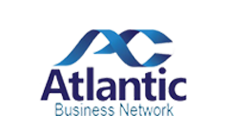

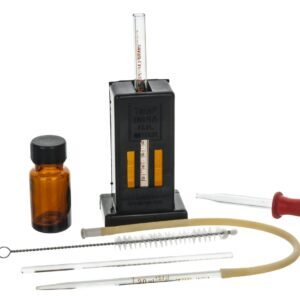
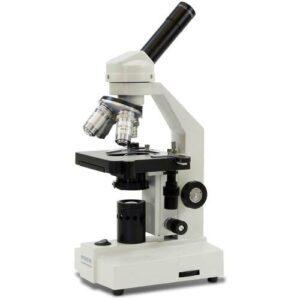
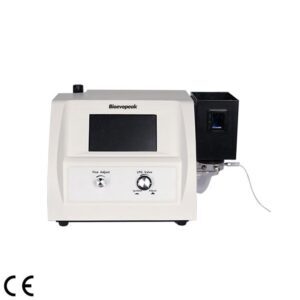
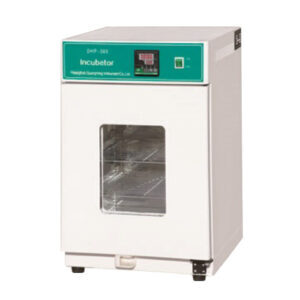
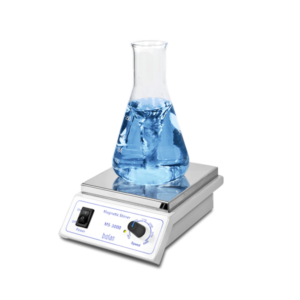
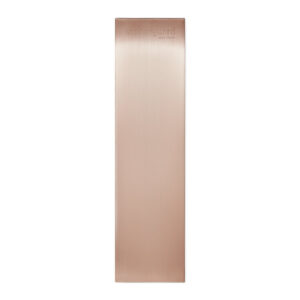
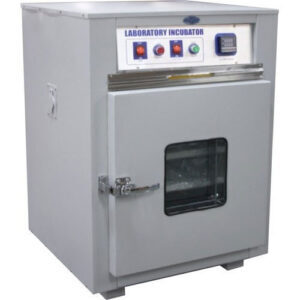
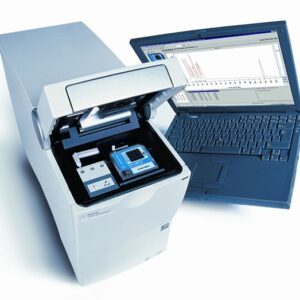
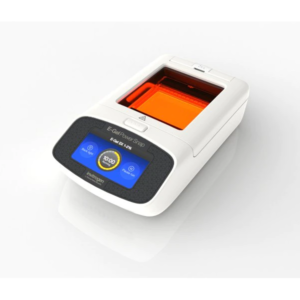
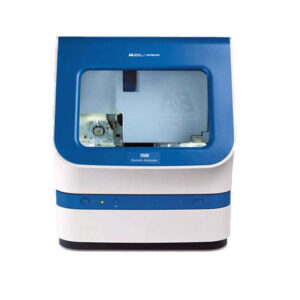
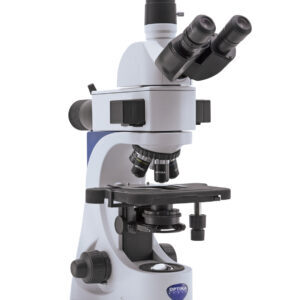
There are no reviews yet.